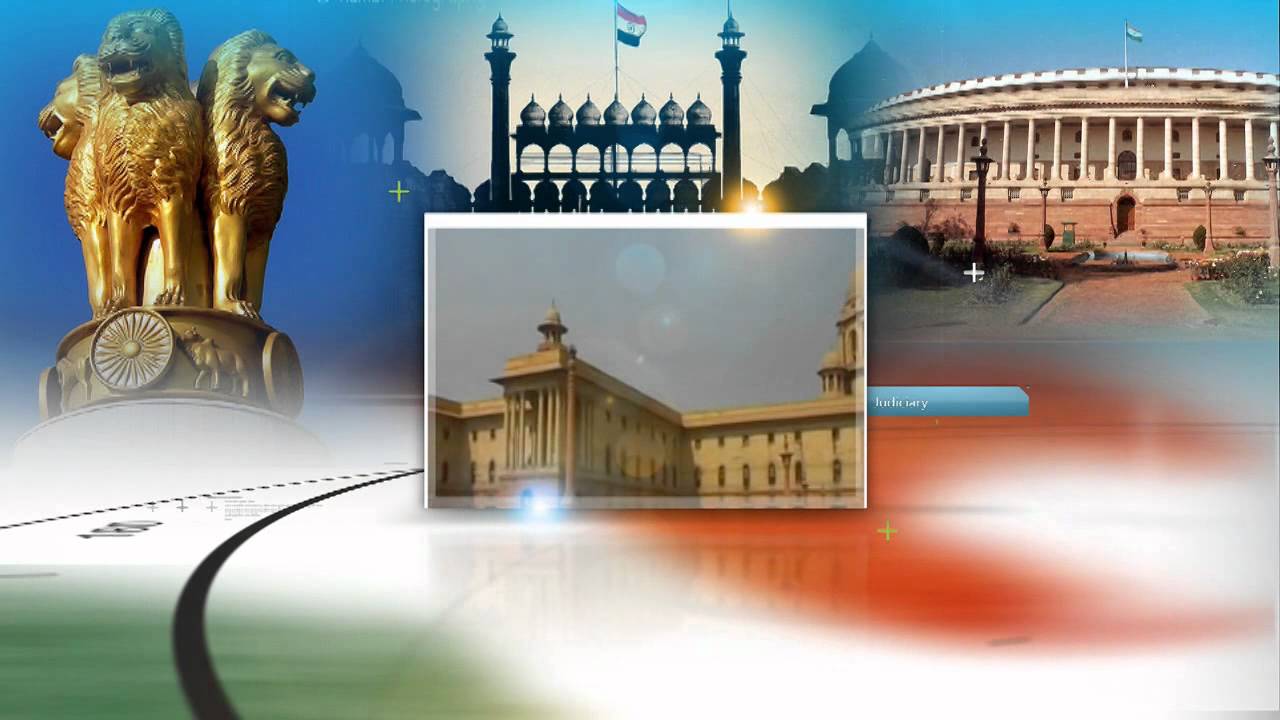India’s Real Consumption Story: Growth, Gaps, and the Road Ahead
Introduction
India’s consumption landscape has transformed over the past decade, driven by demographic changes, digitalisation, and shifting socio-economic priorities. Though household consumption has doubled to $2.1 trillion since 2013, the data reveals a complex mix of urban premiumisation, rural revival, and deep-rooted structural challenges. This analysis explores these trends and highlights the urgent need to revise the poverty line and update National Accounts to guide effective economic policy.
The Importance of the HCES in Understanding India’s Economy
India’s Household Consumption Expenditure Survey (HCES) is one of the most crucial tools used to understand the everyday economic realities of households across the country. Conducted by the National Statistical Office (NSO), it captures how much people spend on food, clothing, housing, education, and other essentials. The latest HCES reports for 2022–23 and 2023–24 were especially important because they filled a long gap in national data—no such comprehensive survey had been done since 2011–12. These surveys have helped economists and policymakers reassess India’s economic trends, not just by looking at how much people are spending, but also by understanding what they are spending on, and how that reflects their well-being. In a country as vast and diverse as India, data like this is vital to track poverty, plan welfare schemes, and update national economic figures such as GDP and inflation rates.
Why the Poverty Line Problem Is a Big Deal
One of the biggest challenges highlighted by the HCES data is the absence of a usable poverty line. A poverty line is the minimum amount of income or consumption a person needs to meet basic living standards. Unfortunately, the last official poverty line India used was based on data from 2004–05. Since then, both prices and living habits have changed massively. A newer line suggested by the Rangarajan Committee in 2014 was never officially adopted, and so we’re left with no agreed benchmark to judge today’s poverty. As a result, any claims—like those made by Niti Aayog—that India has “eliminated extreme poverty” sound hollow when over half the population still queues up for free foodgrains, and millions work under low-wage schemes like MGNREGA. Unless a new poverty line is urgently defined and aligned with current data, all estimates about who is poor and how much poverty has reduced are little more than educated guesses.
A Confusing Picture: Conflicting Growth Stories
On paper, India’s consumption economy looks impressive. Household spending has doubled in a decade to $2.1 trillion. Private consumption now makes up 60% of the country’s GDP. The country is expected to become the third-largest consumer market in the world by 2026. Yet, when we dive into the HCES 2023–24 data, the growth story loses its shine. The survey shows that while rural areas saw a 2.3 percentage point increase in consumption growth, urban areas barely managed 0.94 percentage points, bringing the national average to just 1.6 percentage points. Compare this to the 5.6% growth claimed in National Accounts, and the gap becomes worrying. It raises a big question—are we measuring the economy accurately, or are we overstating the recovery?
The Uneven Urban-Rural Divide
One of the most interesting, and concerning, findings of the HCES is the uneven growth between rural and urban areas. While rural India did slightly better in terms of consumption growth post-2023, this growth came largely due to better monsoons and increased government support. Agricultural output grew by 4.1%, and rural distribution networks for fast-moving consumer goods (FMCG) expanded significantly. Urban India, on the other hand, is experiencing a wave of “premiumisation”—meaning people are spending more on luxury goods, smart electronics, and fast services like Blinkit and Swiggy. But this trend only applies to a small, affluent section of city dwellers. For the vast majority, especially in cities where inflation has hit hard, food prices have squeezed household budgets. In fact, both urban and rural households now spend a larger share of their money on food than before—a reversal of Engel’s Law, which usually says that people spend a smaller share on food as they grow richer. This trend shows that economic stress is still widespread.
Dependency on Welfare: A Sign of Weak Foundations
More than 50% of Indians rely on the government’s Public Distribution System (PDS) for their monthly ration of foodgrains. In rural areas, this benefit is worth ₹117 a month; in urban areas, just ₹76. That works out to ₹4 a day in villages and ₹2.5 in cities. This level of support, while life-saving for many, also shows how vulnerable a huge chunk of the population remains. Welfare dependence is not in itself a problem, but when it becomes widespread and long-term, it signals deeper economic weaknesses. If we were truly seeing strong and equitable growth, fewer people would need subsidised food to survive.
The Rise of Premiumisation and What It Hides.
There is a sharp contrast emerging in Indian consumer markets. On one side are households buying smartphones, air conditioners, and even luxury goods. Smartphone production has doubled since 2019, and air conditioner sales are expected to rise by 154% by 2025. On the other side are families that still struggle to afford daily meals. The growth of “premiumisation” might look exciting for investors and companies, but it hides a darker truth—this growth is not inclusive. Only a small percentage of Indians benefit from it. The rest are either stuck with stagnant incomes or barely managing to keep up with rising costs.
Outdated National Accounts: Why It Matters
India’s economic policies, welfare budgets, and planning decisions are based on estimates from the National Accounts and price indices. Right now, these are still based on data from 2011–12. That’s like trying to plan your monthly expenses using a ten-year-old grocery list. The HCES gives us more updated numbers, and these suggest that the official picture of the economy might be overly optimistic. If our policies are built on flawed or outdated data, they will fail to reach those who need help the most. That’s why it is vital to revise our National Accounts using the latest HCES inputs.
Why We Cannot Compare With the Past Anymore
One problem with trying to measure progress is that the rules keep changing. The HCES 2022–23 and 2023–24 introduced many changes in how data is collected—such as including questions on processed food and quick-delivery platforms. While these make the surveys more up-to-date, they also mean we can’t easily compare them with older data like the 2011–12 survey. It’s like comparing apples to mangoes. This makes it difficult to tell whether poverty has reduced since the last decade or if the growth we see is really lifting people out of hardship. Unless we find a way to harmonise survey methods, we’ll keep getting confusing signals.
The Path Forward: What Needs to Be Done
There are three urgent tasks that emerge from the current data:
- Redefine the Poverty Line: Niti Aayog must set up a committee to create a new poverty line based on today’s realities. This will help in better identifying who needs support and designing targeted policies.
- Update National Accounts: The entire economic planning system needs to use HCES 2023–24 data to revise GDP and price estimates. Without this, we risk making bad policy decisions.
- Invest in Rural Productivity: Long-term growth cannot rely only on monsoons or welfare schemes. Rural India needs better infrastructure, more jobs, and skill development to truly thrive.
India is at a crossroads. With a young population and rapid digital adoption, the potential for growth is huge. But we cannot ignore the fact that more than half the population still lives under economic stress. Bridging this gap is not just about increasing consumption; it is about ensuring that every household sees real improvement in their quality of life.
Conclusion: A Tale of Two Indias
India’s consumption economy tells two very different stories. One is of rapid digital growth, rising incomes, and global ambitions. The other is of food insecurity, wage stagnation, and welfare dependence. The HCES 2023–24 data helps uncover the reality behind the headlines. It shows us that while some parts of India are indeed shining, many others are still struggling. Ignoring these gaps will only widen inequality and slow down real development. For India to rise as a truly strong economy, it must first ensure that every citizen gets the opportunity to grow. That starts with accurate data, honest assessments, and policies that work for all—not just the few.


